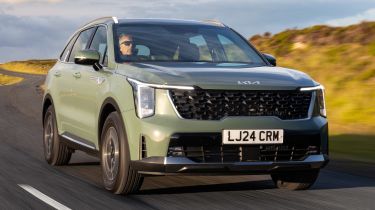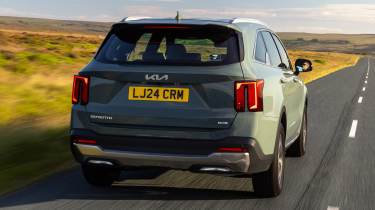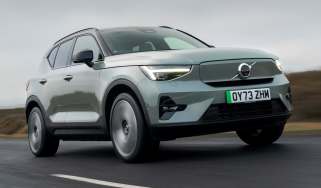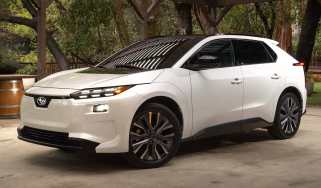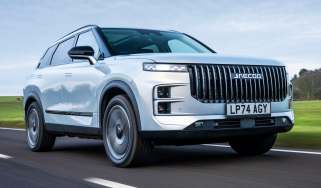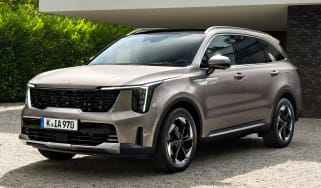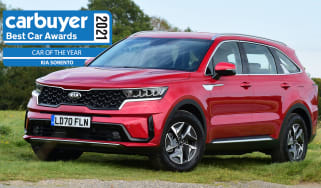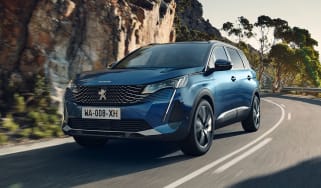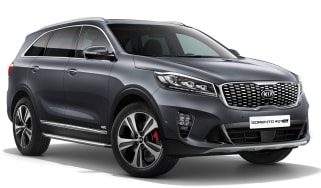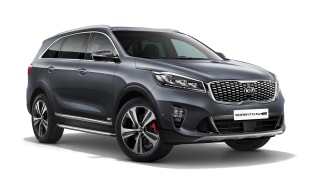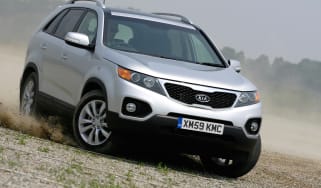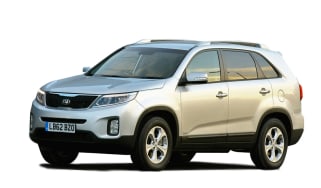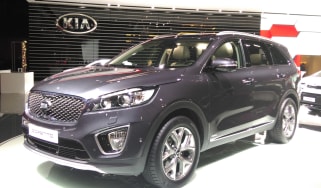Kia Sorento review – a great SUV now made even better
"The latest Kia Sorento is a versatile SUV that’s dropped in price and shot up in quality”
Pros
- Excellent practicality
- Facelift is even more affordable
- Better-quality interior than before
Cons
- Diesel has high CO2 emissions
- Some rivals are more comfortable
- Heavy
Verdict – is the Kia Sorento a good car?
Now that we’ve driven the latest Kia Sorento in the UK, we can confirm it as the solid performer it already was, with an uplift in quality and a comfortable ride that should make it a great buy for those after a large family SUV. A caveat to this is that it’s not the most fun to drive, but really that’s not the point for a car like this. The reintroduction of a range of trim levels for the facelift has also helped to increase its appeal and it now has a lower starting price, while the fact a diesel is still on offer will suit those in need of a serious towing car.
Kia Sorento models, specs and alternatives
The Kia Sorento is a former Carbuyer Car of the Year and continues to rank among the best large SUVs to buy. It’s a hugely practical and reliable seven-seater, which also has an excellent safety record.
Launched in late 2020, the Sorento comes with three powertrain options: hybrid, plug-in hybrid, and diesel. Those looking for a pure-electric option should hold out for the Kia EV9 that we’ve reviewed separately; for now, only the Sorento Plug-in Hybrid offers the kind of low Benefit-in-Kind (BiK) tax ratings that company car choosers look for.
 The 10 best large SUVs on sale in 2025
The 10 best large SUVs on sale in 2025
The Sorento underwent some light tweaks in 2021 to incorporate Kia’s latest revamped logo, and then had a more comprehensive facelift for 2024 with bold styling that aligns it more closely with the brand’s large electric SUV, the Kia EV9. The exterior now features vertical LED headlights, a redesigned grille, a different bumper and air intakes at the front. Step around to the back, and rather than separate four-piece tail-lights, each side’s elements are now joined together at the top.
More reviews
In-depth reviews
The interior is now much more minimalist than before, with the vertical centre air vents of the outgoing model replaced with smaller horizontal ones and some of the physical infotainment controls deleted in favour of virtual ones. There’s also been a noticeable uptick in material quality inside, so the facelifted Sorento feels more upmarket. You might expect it to cost more as a result, however, the new model is around £3,000 less than before, with a sub-£42,000 price tag.
The current generation Sorento is 10mm longer than its predecessor – boasting a huge 616 litres of boot space, so there’s been a huge focus on practicality for this model. It’s a fully-fledged seven seater for those who often need to carry extra passengers.
Every version gets all-wheel drive, though if you’re after an accomplished off-roader then rivals like the Land Rover Discovery are a better bet. It might seem odd to be comparing the Kia with premium models like the Disco, but the Sorento’s high-end interior and long kit list mean those parallels aren’t as far-fetched as you might think. We wouldn’t be surprised to see BMW X5 and Audi Q7 drivers giving the Sorento serious consideration.
More mainstream competitors span everything from the Skoda Kodiaq and Nissan X-Trail, to the slightly smaller Volkswagen Tiguan Allspace and the five-seat Honda CR-V. The Hyundai Santa Fe – which is very soon to be replaced by an all-new model – is also worth a mention, given it shares its basic platform and engines with the Kia and costs a very similar price.
